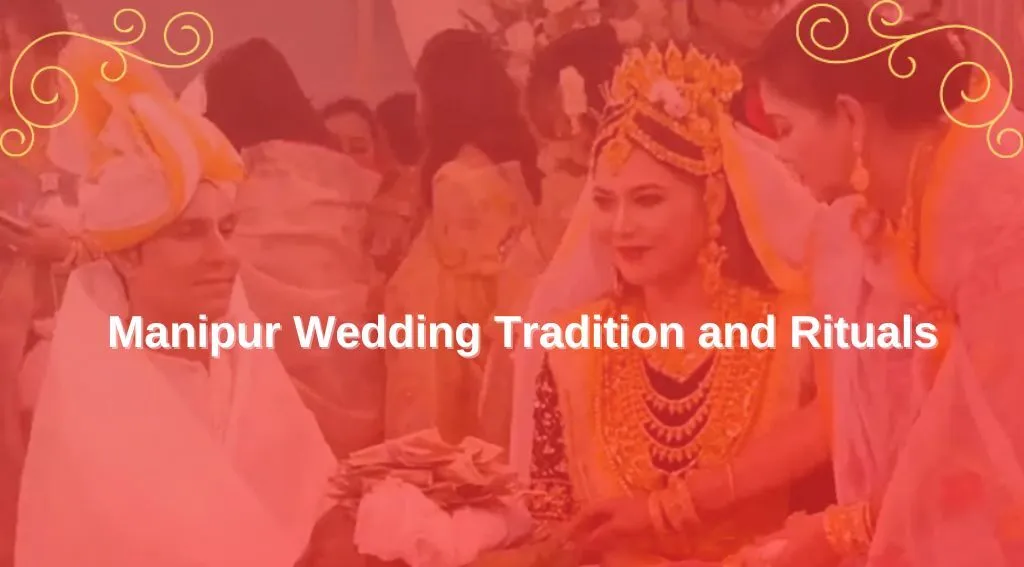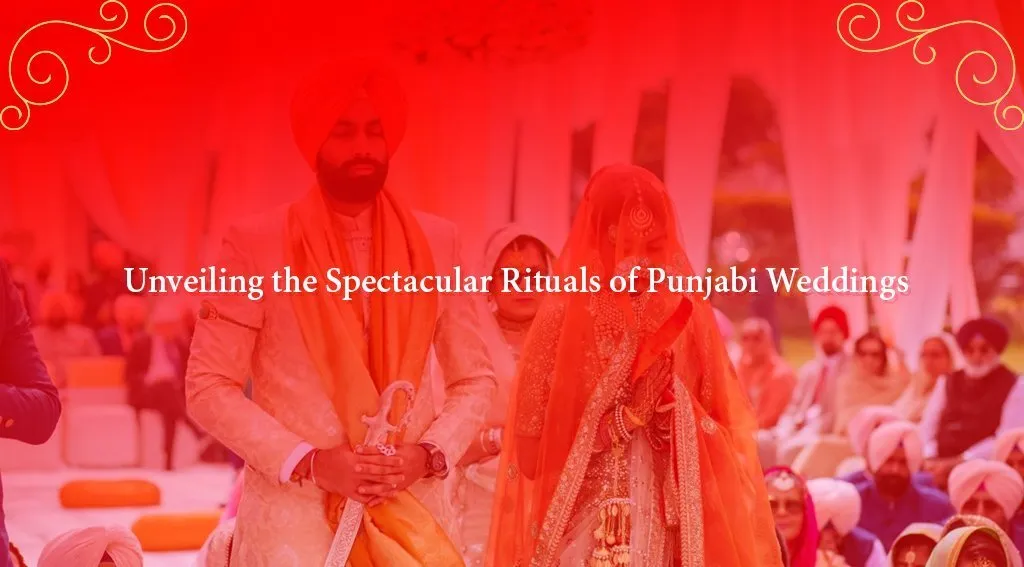India, a place that is home for different societies, features a kaleidoscope of customs and ceremonies. Each offering a brief look into the rich embroidery of its legacy. Manipur stands out among these due to its distinctive Manipur wedding traditions and rituals practices.
These capture the essence of its vibrant culture. In this article, we dig into the unpredictable ceremonies and customs that decorate Manipuri weddings. It offers an entrancing knowledge into this charming festival of adoration and association.
Investigating Pre-Marriage Customs: Manipur wedding traditions and rituals
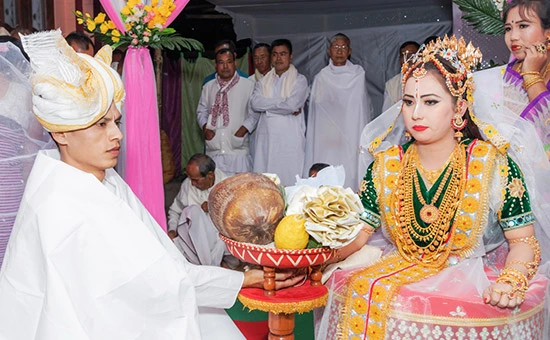
Settled in the northeastern district of India, Manipur flaunts a rich social scene molded by different ethnic gatherings and clans. Among these, the Meitei people group holds noticeable quality, and their customs structure the quintessence of Manipuri marriage ceremonies.
Also Read: Haryanvi Wedding Traditions & Rituals You Should Know
Hainaba: The Commitment Function
The excursion of a Manipuri wedding starts with the Hainaba, or the commitment service.
Here, the lucky man’s family, joined by companions and family members, visit the lady’s home bearing kandis (earthen plates) loaded down with organic products, desserts, and gifts — an emblematic token of their love and generosity towards the lady of the hour to-be.
Yathangthanaba: Fixing the Marriage Date
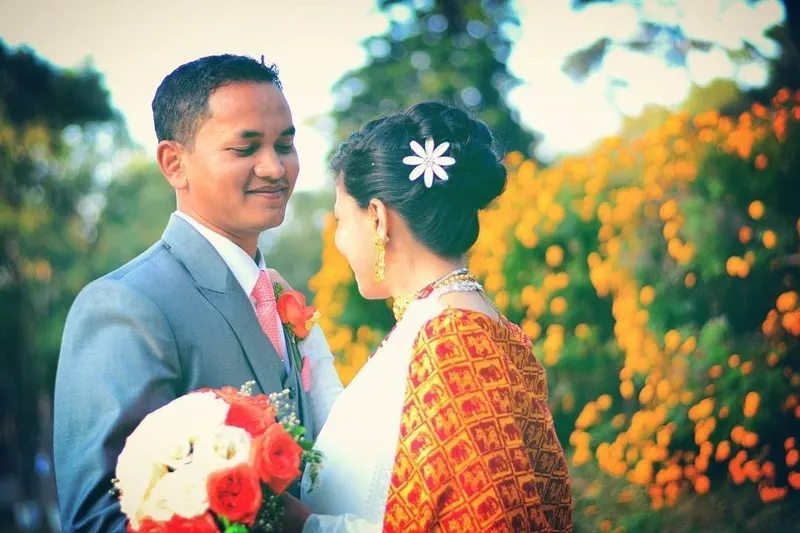
A critical second in the pre-wedding celebrations is the Yathangthanaba. It is where the favorable date for the marriage is officially fixed within the sight of family older people. This denotes the start of the commencement to the upbeat event.
Waroipotpuba: Regarding Family Gods
Otherwise called Heikat-Leikat Puba, this custom includes introducing contributions to the lady of the hour’s emblem or the family divinity, looking for their endowments for an ecstatic and prosperous association.
Leilenga and Bor Baton: Welcoming the Lucky man
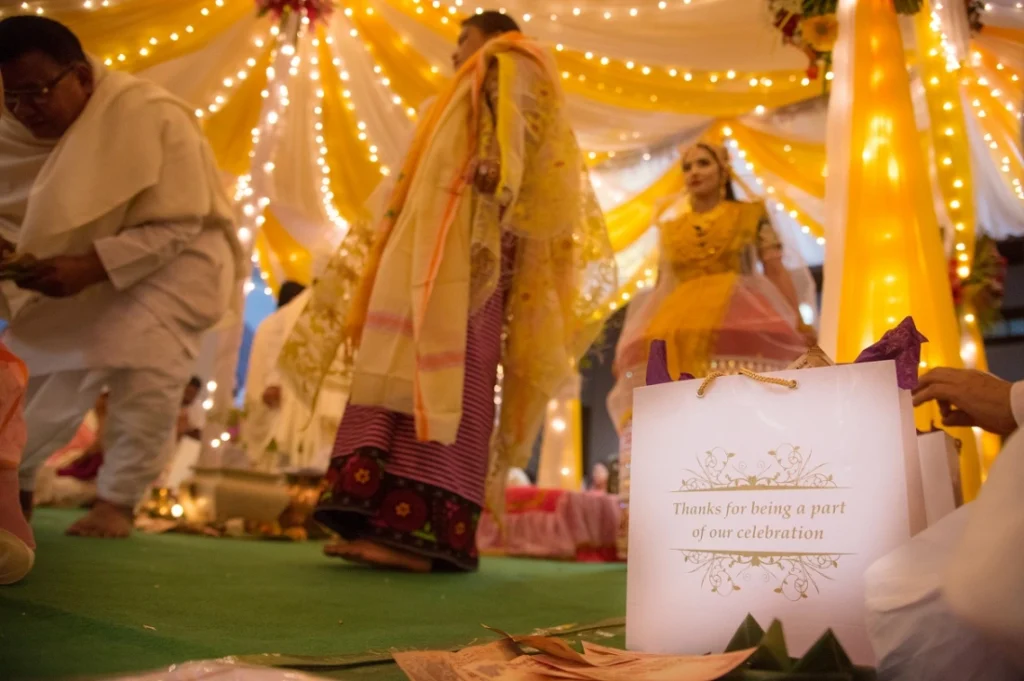
In the Bor Cudgel custom, a small boy visits the husband to be’s home to stretch out a conventional greeting to the wedding service.
While at the same time, the Leilenga function unfurls at the lady’s home. Here, in the midst of the reciting of petitions by a minister, the lady winds around festoons enhanced with Kundo blossoms. An emblematic token of adoration and responsibility for the looming pre-marriage ceremony.
Beginning the Traditional Manipuri Marriage Rituals The pre-wedding rituals have prepared the way for the beginning of the traditional Manipuri marriage rituals, which incorporate elements of faith, tradition, and symbolism.
Haija-Pot: The Haija-Pot ceremony is the official ceremony by which the union is announced to the family, and elders. The lady of the hour is gave with seven assortments of organic products, dried rice (kabok), and garments, introduced in a Heijing Kharai — a flawlessly designed bamboo bin representing overflow and thriving.
Bar-Barton: Manipur wedding traditions and rituals

In the Bar-Barton service, the sibling of the lady stretches out a warm greeting to the lucky man by embellishing him with a wreath (Pana Kwa) made from betel leaves, betel nuts, and banana leaves — a token of welcome and acknowledgment into the lady of the hour’s loved ones.
Yatra Bor: The Groom’s Procession The Bor Yatra, in which the groom travels in a traditional procession to the bride’s residence, is a highlight of the wedding festivities. The happy union is announced by the groom carrying offerings that represent prosperity and well-being, accompanied by friends and family.
Nat Sankirtana: Embracing Sacred Traditions During the Nat Sankirtana ceremony, when the bride and groom perform rituals to invoke divine blessings, sacred hymns and mantras resound. In celebrations full of joy, the bride, dressed in traditional garb, is welcomed as a sign of the union of two souls in marriage.
Meetam-Nga-Thaba: Representing Favorable luck
At the same time, the Meetam-Nga-Thaba function unfurls, representing the arrival of two fishes into the water. A customary practice accepted to introduce satisfaction and success for the love birds as they set out on their excursion together.
Lei-Koiba: Trading Commitments
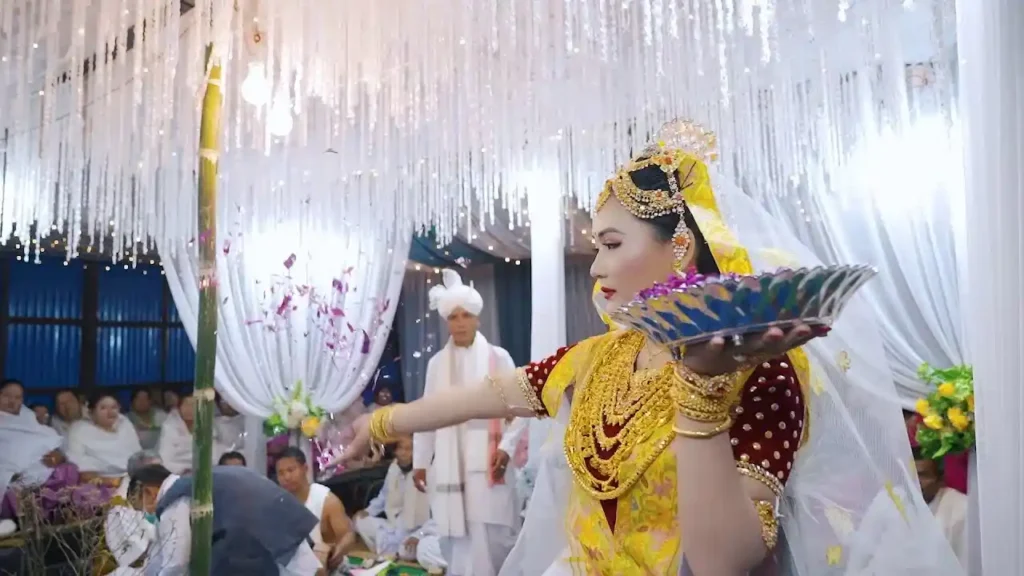
The Lei-Koiba function observers the trading of laurels between the lady of the hour and lucky man. It represents their timeless love and responsibility. In the midst of the shower of blossoms and endowments from older folks, two or three looks for divine gifts for an upbeat association.
Also Read: Chhattisgarh Wedding Traditions and Rituals – Things to Know
Kangsubi Lannaba: Initiating Fresh starts
As the love birds step into their new habitation, they participate in the Kangsubi Lannaba custom. This is where they affectionately feed each other Kangsubi. It is a sweet made of sesamum, representing their persevering through adoration and friendship.
Embracing Post-Marriage Traditions
Following the wedding, a number of post-marriage customs that represent family ties and blessings are carried on.
Phamnando: Manipur wedding traditions and rituals

During the Phamnando custom, the lady gets endowments for a merry and rich life. She conveys a solitary and twofold bed to her in-regulation’s home, representing her progress into another period of life.
Mangani Chakouba/Chaoba:
Reaffirming the Bonds of Love and Togetherness. The Mangani Chakouba/Chaoba ceremony is the traditional wedding reception, where friends and family come together to celebrate the union.
Conclusion
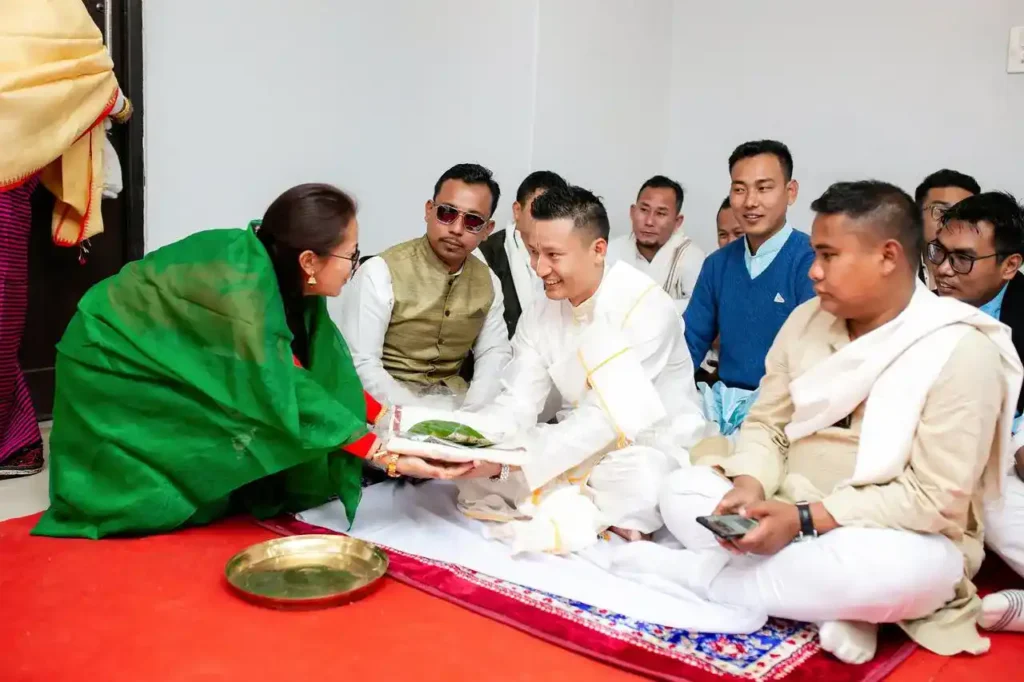
In conclusion, Manipuri weddings are evidence of Manipur’s extensive cultural heritage and customs. Every custom and specially, saturated with imagery and importance, adds ancient and magnificence to the festival of adoration and association.
A glimpse into the soulful journey of Manipuri culture is provided by the mesmerizing customs of Manipuri weddings. These invite everyone to become drawn in its enchanting embrace.
FAQ
What are the typical wedding rituals in Manipur?
Manipuri weddings are steeped in rich cultural traditions. Some of the typical rituals include Hainaba (engagement ceremony), Yathangthanaba (fixing the marriage date), Bor Baton & Leilenga (inviting the groom), and Kangsubi Lannaba (exchanging vows).
How long does a Manipuri wedding ceremony usually last?
The duration of a Manipuri wedding ceremony can vary depending on the customs and rituals observed. However, it typically spans over several days, with each day dedicated to specific ceremonies and celebrations.
What is the significance of Nat Sankirtana in Manipuri weddings?
Nat Sankirtana is a sacred ritual in Manipuri weddings where hymns and mantras are recited to invoke divine blessings for the bride and groom. It symbolizes the spiritual union of the couple and marks the commencement of their journey together.
What are some post-marriage traditions observed in Manipur?
Post-marriage traditions in Manipur include Phamnando (blessings for fertility), where the bride receives blessings for a blissful married life, and Mangani Chakouba/Chaoba (traditional wedding reception), where friends and family gather to celebrate the union.
How can one experience Manipuri wedding traditions firsthand?
To experience Manipuri wedding traditions firsthand, one can attend a traditional Manipuri wedding ceremony in Manipur or engage with cultural events and festivals that showcase Manipuri customs and rituals. Additionally, seeking guidance from local experts or cultural enthusiasts can provide valuable insights into the intricate traditions of Manipuri weddings.

